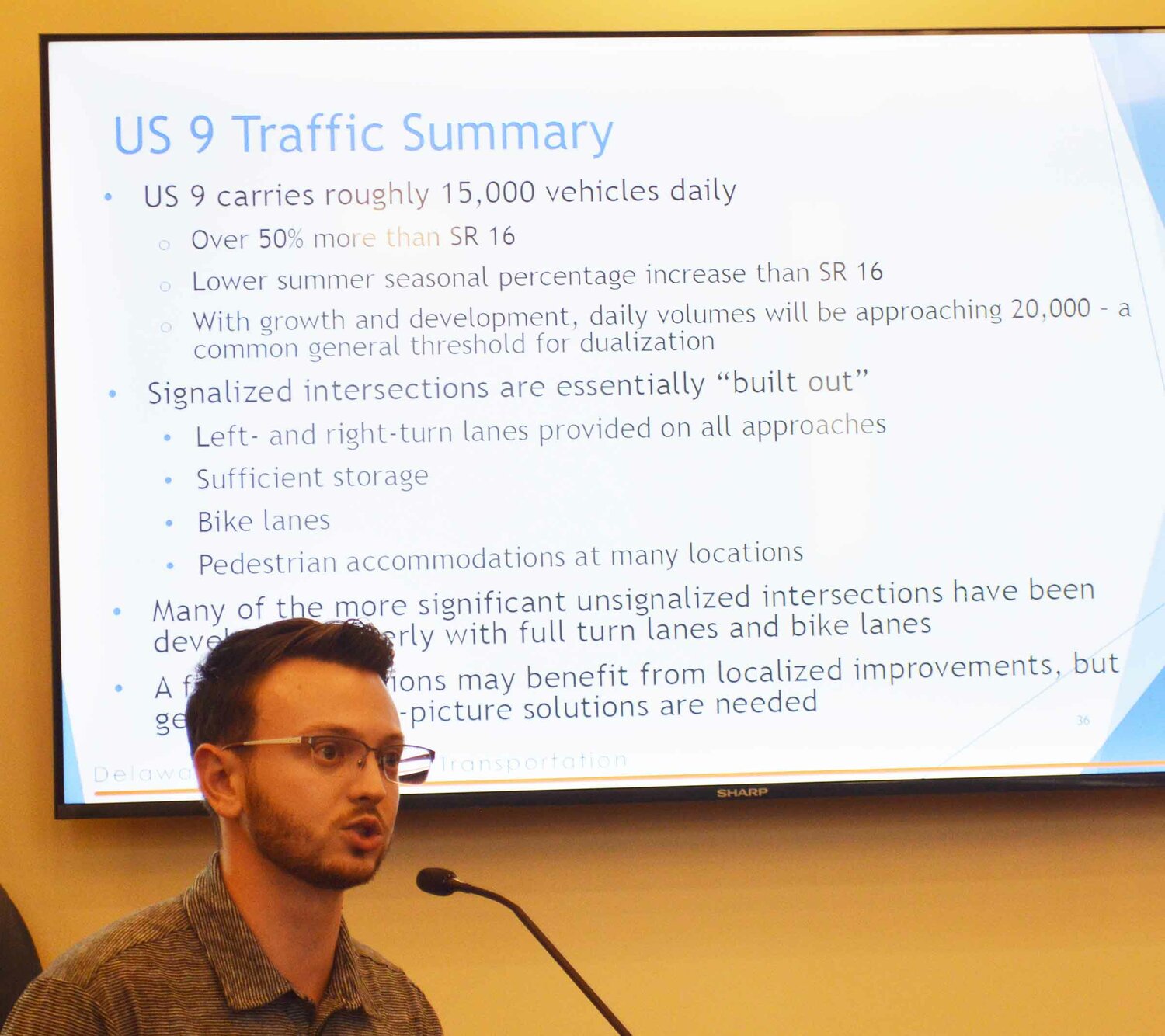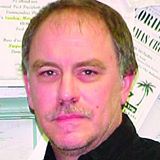Coastal Corridors Study shared with Georgetown council
DelDOT: Full-scale widening of U.S. 9 not warranted
While it may be surprising to area motorists who experience frequent traffic challenges, the Delaware Department of Transportation says the widening of east-west corridors is not warranted.

You must be a member to read this story.
Join our family of readers for as little as $5 per month and support local, unbiased journalism.
Already a member? Log in to continue. Otherwise, follow the link below to join.
Please log in to continue |
Coastal Corridors Study shared with Georgetown council
DelDOT: Full-scale widening of U.S. 9 not warranted
GEORGETOWN — While it may be surprising to area motorists who experience frequent traffic challenges, the Delaware Department of Transportation says the widening of east-west corridors is not warranted.
“Even though we see the traffic increasing in those areas, right now, we don’t see the need for a dualization of east-west roadways from SR 1 to the Maryland line,” said department consultant Andrew Bing. “It is just not warranted now, (considering) what our traffic projections are into the future.”
Those assertions, among others, were presented Monday at the Georgetown Town Council meeting and stem from the Transportation Department’s recently completed Coastal Corridors Study.
It found that traffic funneling into Delaware from Maryland is “dispersing,” as motorists find alternate roads to bypass traditionally congested locations.
For example, at the Del. 404 split, near the Maryland-Delaware line, some motorists take U.S. 50 to Salisbury and Ocean City, Maryland, while others split onto Del. 404 to the Bridgeville area, Mr. Bing said. There, the study found, some are utilizing the likes of Redden Road and Del. 16 to travel east.
“What we found was that the traffic — more so now than even in the past — is dispersing once it hits Delaware. There (are) a lot of different routes, a lot of technology out there now that assists … finding other routes besides 404,” he continued.
According to traffic officials, the daily flow of motorists on U.S. 9, a major artery connecting Georgetown and Lewes, averages about 15,000, below the department’s threshold.
“Twenty thousand is the common threshold for … widening to four lanes, two in each direction,” said Austin Gray, a DelDOT planner. “Looking at U.S. 9 more holistically, right now, it is carrying about 15,000 vehicles daily. A lot of the intersections are already fully built out along U.S. 9.”
Mr. Bing added, “We’re certainly not saying there isn’t traffic, but in terms of the volumes that we were expecting, it didn’t actually turn out because that traffic was dispersing.”
Widening portions of U.S. 9 is being studied, but mostly closer to the coast, they said.
“There are some pockets where there may be a need to look at widening. One of those is the area from Georgetown heading east towards SR 1,” Mr. Bing said. “We’re not looking at a total (widening), but there are specific pockets that we are looking at.”
Georgetown Mayor Bill West expressed a particular concern.
“Can that be broken down in different areas, where it can be widened, like (to) be a dual, and then go back to a single lane to help alleviate some of the traffic?” he said. “It seems like we’ve got traffic that is running 30, 40 miles an hour across U.S. 9, and it has got a long string behind it. We’ve got to try to find a way to keep the slow traffic going the way it wants to, but speed up the other traffic, if it wants to move along.”
In reply, Mr. Bing said DelDOT would “look at anything,” adding that his agency would further study a specific area “where we can look at those types of options, if it’s possible. We want to get your feedback. We want to get the public’s feedback.”
Councilman Penuel Barrett, a member of the Georgetown Fire Co., said that, in the previous 60 days, there had been at least 10 vehicular crashes on U.S. 9, from Prettyman Road to the Del. 5 intersection.
“There is a day care in that same area. Every morning, it is so congested. That area is not good,” he said.
Mr. Gray stated that more specific crash data along U.S. 9 “will be part of that analysis when we move into that study in more detail.”
“We’d love to have the fire department and emergency services to be part of that,” he added. “That is an important perspective that everyone needs to hear.”
In addition, Mr. Gray said U.S. 9/Del. 5 is the most congested intersection in the study area.
“There are a lot of constraints at that intersection. There is a cemetery in the southern corner. There is a bridge at that corner, as well,” he said. “Any study we look at in terms of widening, we’ll look at that intersection and the constraints. There is only so much we can do.”
He also described several major projects looming for the Georgetown area — like grade-separated interchanges at U.S. 113 and Del. 404, and U.S. 113 and U.S. 9.
There were several reasons the Coastal Corridors Study was conducted, Mr. Bing said.
“Some of it is pressure from outside the area, and some of it is pressure from inside the area,” he noted. “Maryland widened 404 to four lanes, increasing more capacity to come in and enter Delaware.”
Additionally, Maryland is studying the possibility of building a higher-capacity Bay Bridge, which would have “the potential to bring a lot more traffic over into Delaware.”
“But there is also a lot of pressure on the inside, in terms of a lot of development that is happening. So, all those factors made us say, ‘We want to get ahead of it. We want to study it,’” Mr. Bing said.
With the onset of fiscal year 2025 on July 1, the Department of Transportation will be moving forward with its U.S. 9 study. Analyses of Newton Road in Bridgeville and Del. 16 in Milton are also planned.
Mr. Gray said the department is coordinating with Sussex County and the Coastal Corridors Committee to draft many of these recommendations, incorporating population and traffic growth.
“Generally, safety … is always the biggest thing,” he said.


 By
By 



